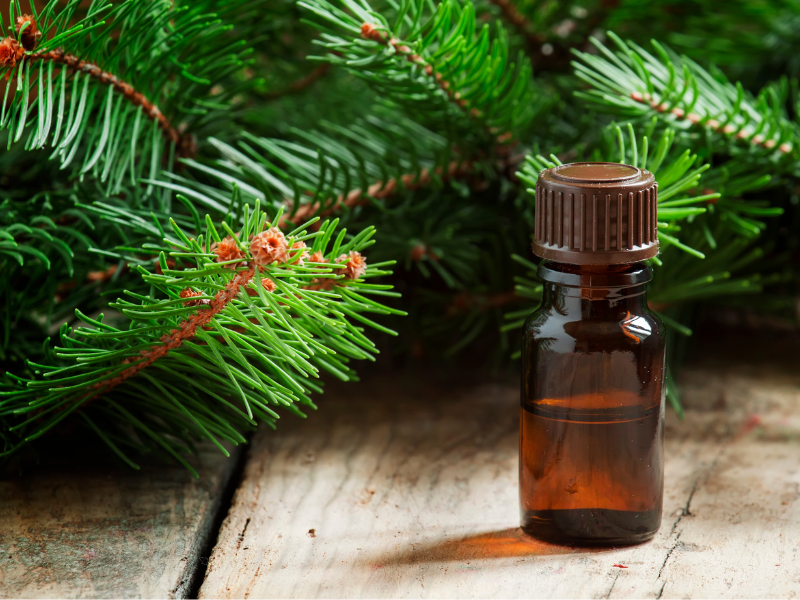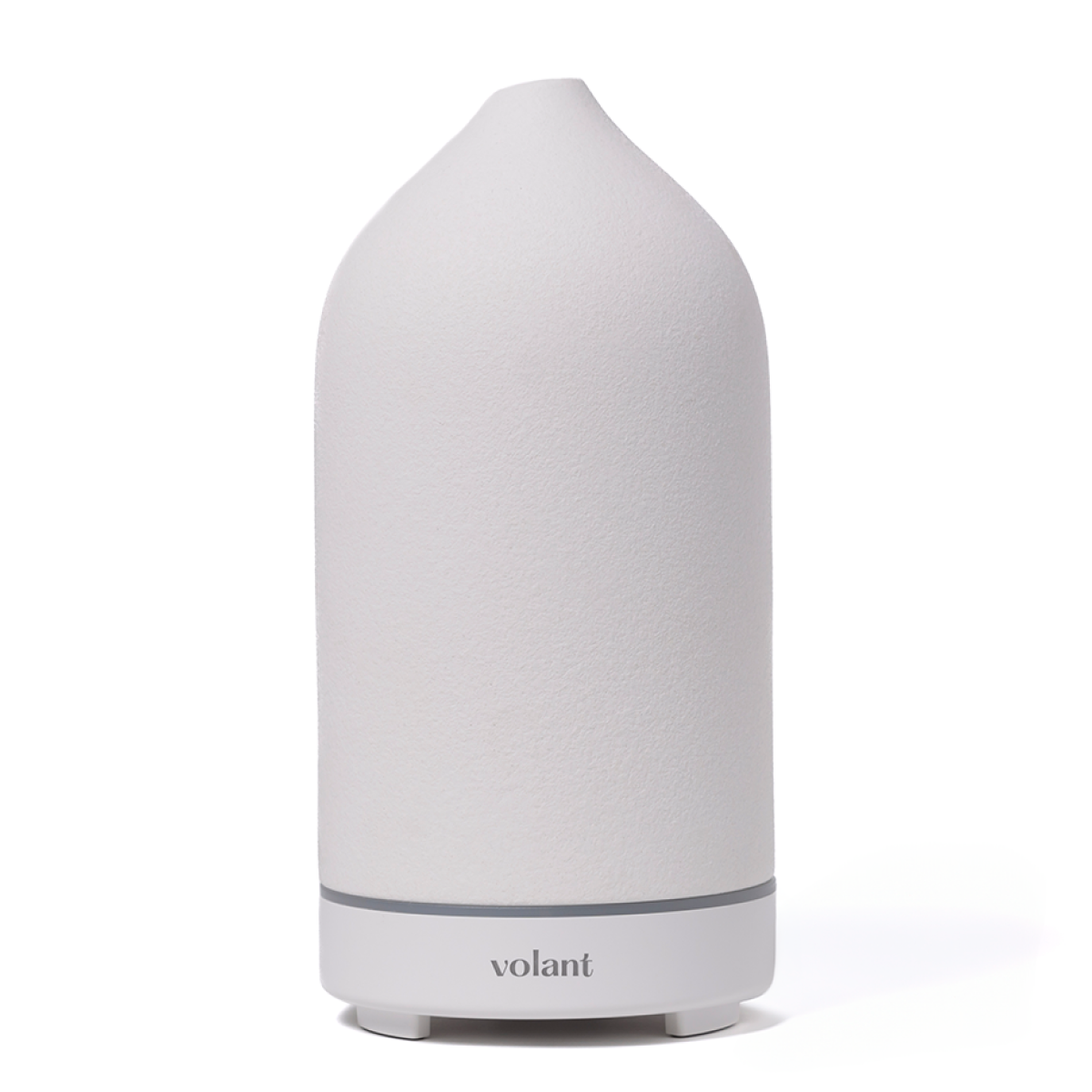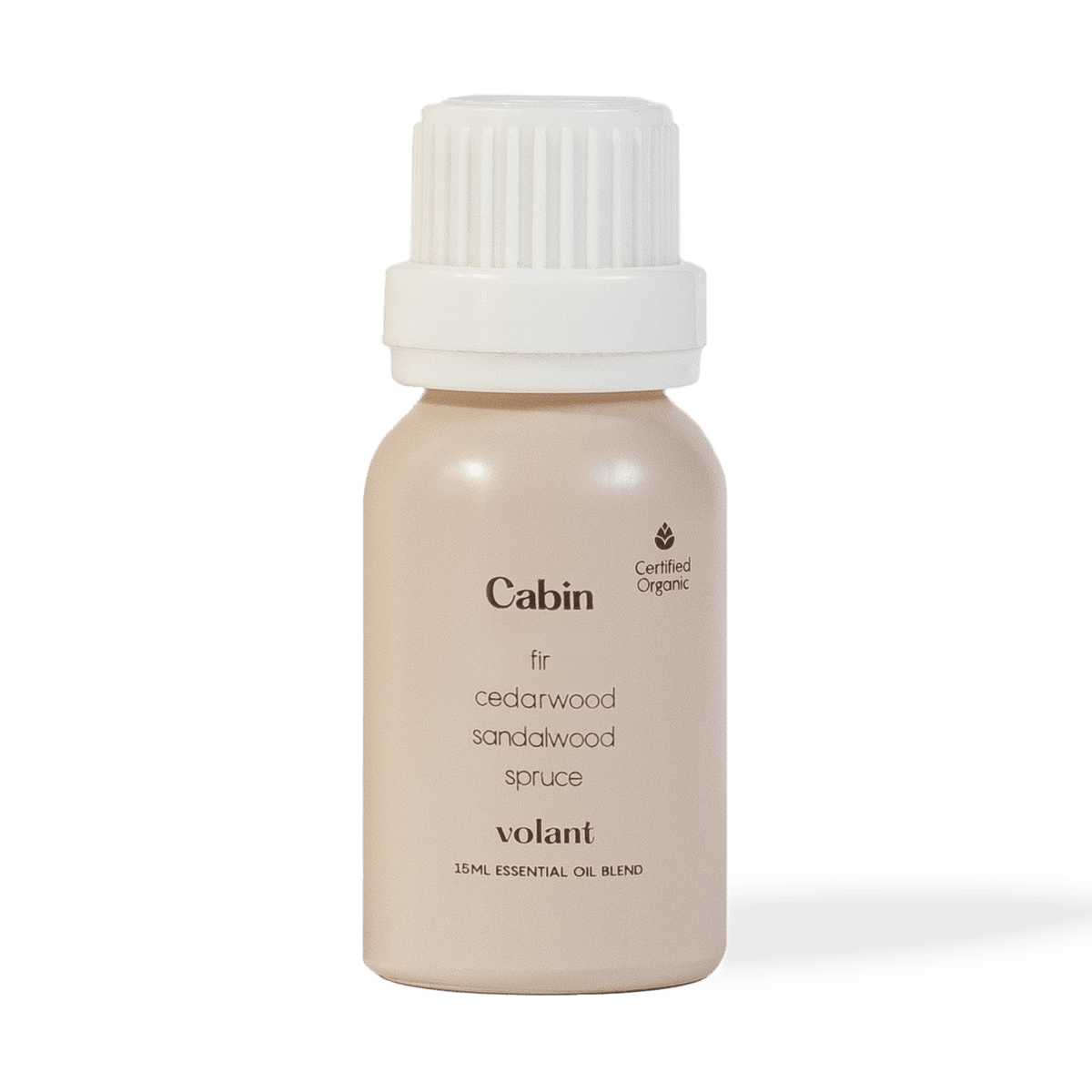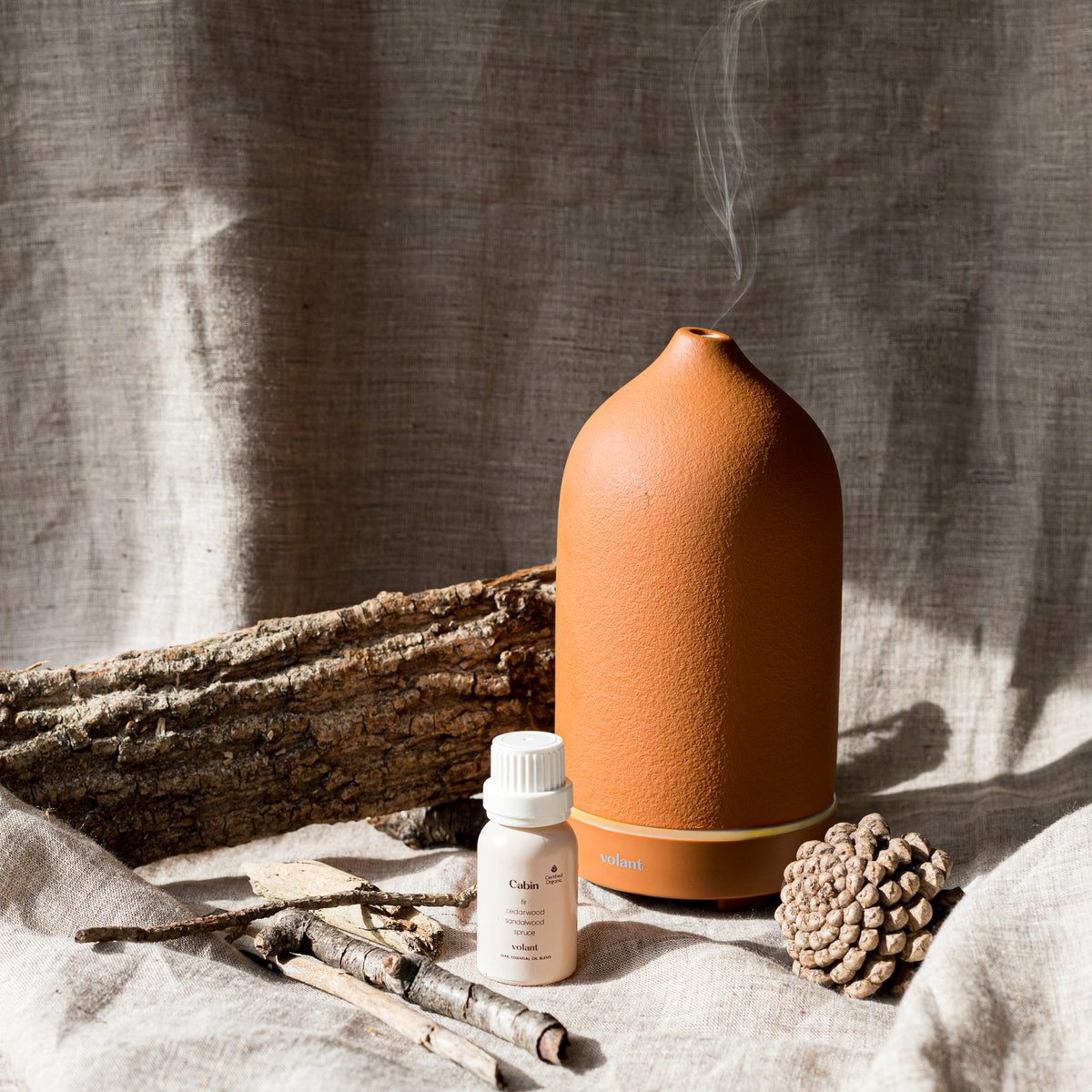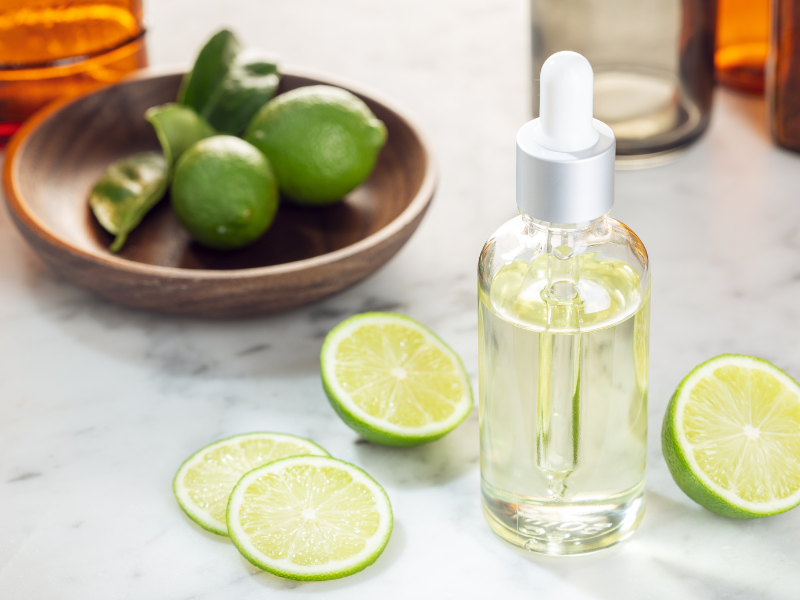You can use fir needle essential oil in many different ways, adding it to a carrier oil for an aromatherapy massage or applying it directly to aching areas. You can also inhale it using a diffuser, create a pillow mist for more restful sleep or spruce up the scent of the space you’re in.
However you choose to use fir essential oil, we always advise that you get to know more about it beforehand. This ensures that you can use it safely and enjoy the maximum benefits from its amazing properties.
Our guide has all the information you need, and answers questions you may not even have thought to ask!
What is fir essential oil?

Needle essential oils are created from the leaves of coniferous trees, and fir needle essential oil gets extracted from the needles of the fir tree. This is where the tree stores most of its important and active compounds. While certain types of oils also use lumber in the process, the primary source of their well-known fragrance and the benefits derived from the plant’’s volatile compounds is the needles.
Today, most of us know fir trees because of their popularity as Christmas trees but they were actually popular long before this celebration became a cultural norm. The genus contains almost 60 different species of coniferous, evergreen, symmetrical trees that belong to the pine family. Their root system prevents soil erosion and they’re found in Asia, Central America, Europe, North America and North Africa. They usually grow in the mountains, and the essential oil is most often made from the needles of the Siberian, balsam and silver firs.
Historically used by Native Americans to promote peaceful sleep and for its sedative effects, these days we know about fir needle essential oil benefits for skin and use it widely. You’ll find it in air fresheners, bath oils, cosmetics, medicines and perfumes, to name just a few products.
Characterized by its freshness and invigorating qualities, fir needle essential oil is the perfect way to inject some energy into your day and clear your mind enough to rest well at the end of it.
Fir essential oil - quick facts
🌲 Latin name: Abies spp. sibirica, balsamea, amabilis, alba
🌲 Also known as: Siberian fir, balsam fir, silver/white fir
🌲 Countries of origin: Central and North America, North Africa, Europe, and Asia
🌲 Scent note: Top
🌲 Popular uses: Fighting infections, relaxation, pain relief
How is fir essential oil made?

Did you know that when you use fir essential oil for muscle aches and arthritis, you are applying a liquid version of the plant itself? Essential oils are not man-made or produced in laboratories. They are extracted from plants using the most suitable method for the oil in question.
Steam distillation is the most popular method of extraction overall and the one used to extract and isolate fir essential oil. Fir needles are placed in a stainless steel still and steam is then added. It’s injected into the plant by an inlet and the aromatic molecules are released and turned into vapor.
These compounds then travel to the condenser, where two pipes allow hot water to exit and cold water to enter, transforming the steam back into liquid. The liquid drops down and collects into a separator and because oil and water don’t mix, the oil floats on top. It is siphoned off from here and then eventually makes its way to the marketplace.
Benefits of fir essential oil

People have known about the benefits of fir essential oil for many years now, with records revealing that the Ancient Egyptians used it as a hair tonic. That means it has been helping us for 5000+ years! In modern times, its most common advantages include:
- 🌲 Muscle aches and arthritis
- 🌲 Bone repair
- 🌲 Skin care
- 🌲 Respiratory benefits
Let’s take a closer look at these benefits:
Fir essential oil for muscle aches and arthritis
Because it has a warming effect, many people use fir essential oil for muscle aches and arthritis. It works because this oil contains bornyl acetate, a potent anti-inflammatory agent. Its antioxidants are amazing scavengers too. These roam around your body, searching cells for oxidative damage and intrusions to repair.
Fir oil and bone repair

Fir essential oil can assist with repairing bruised, damaged and even broken bones. Apply a dilution of 1:1 essential oil and carrier oil three times a day and let it do its work in helping you heal.
Fir needle essential oil benefits for skin

Fir needle essential oil benefits for skin include its ability to treat conditions like acne and rosacea. It has astringent properties and a stimulating effect which boosts blood circulation to the skin where it’s applied, amplifying the healing rate.
Fir essential oil and your lungs

Fir essential oil is traditionally used for its respiratory effects to help with breathing conditions such as asthma, bronchitis or colds. Its anti-inflammatory and antispasmodic effects on your lungs may help you breathe better when inhaled. Fir essential oil can also help purify the air.
How to use fir essential oil
How you use fir essential oil depends on what your purpose for it is. You can start benefiting from it in the following ways:
- 🌲 Aromatherapy massage
- 🌲 Topical application
- 🌲 Inhalation
- 🌲 Pillow mist
Let’s explore these methods of using this essential oil a little more deeply.
Aromatherapy massage

One of the best ways to harness fir needle essential oil benefits for skin is by adding a few drops to a carrier oil and indulging in an aromatherapy massage. Aching, weary muscles and joints respond very well to the anti-inflammatory properties this oil delivers and its refreshing scent will revitalize you. Not only will the fir essential oil impart its healing properties, but the improved blood flow and circulation from the massage will support your healing too!



